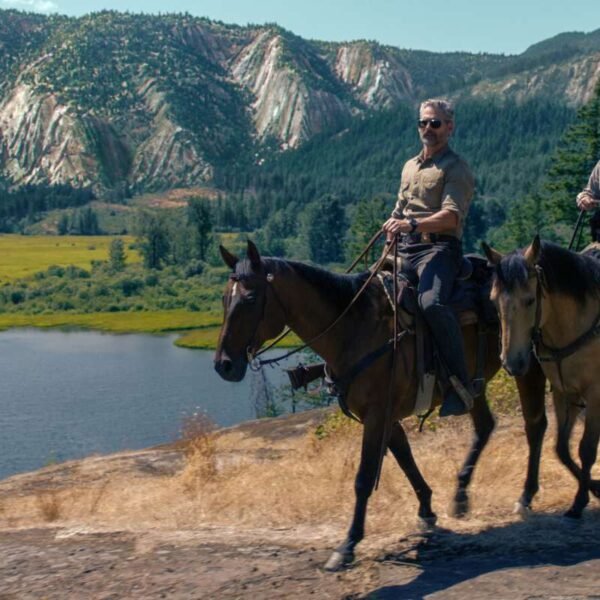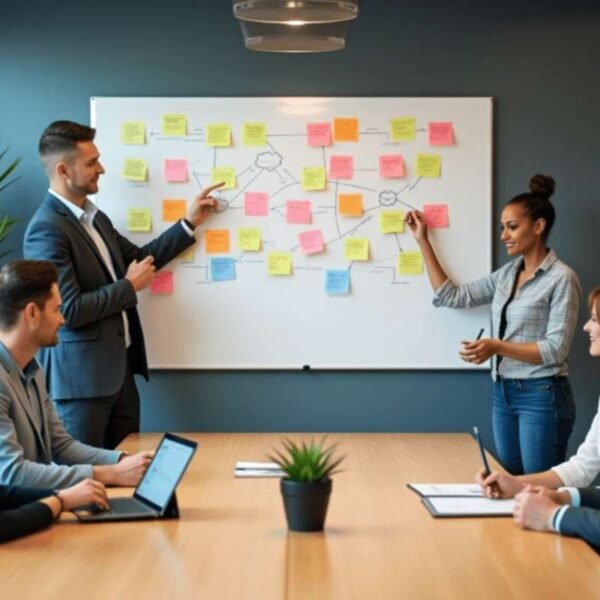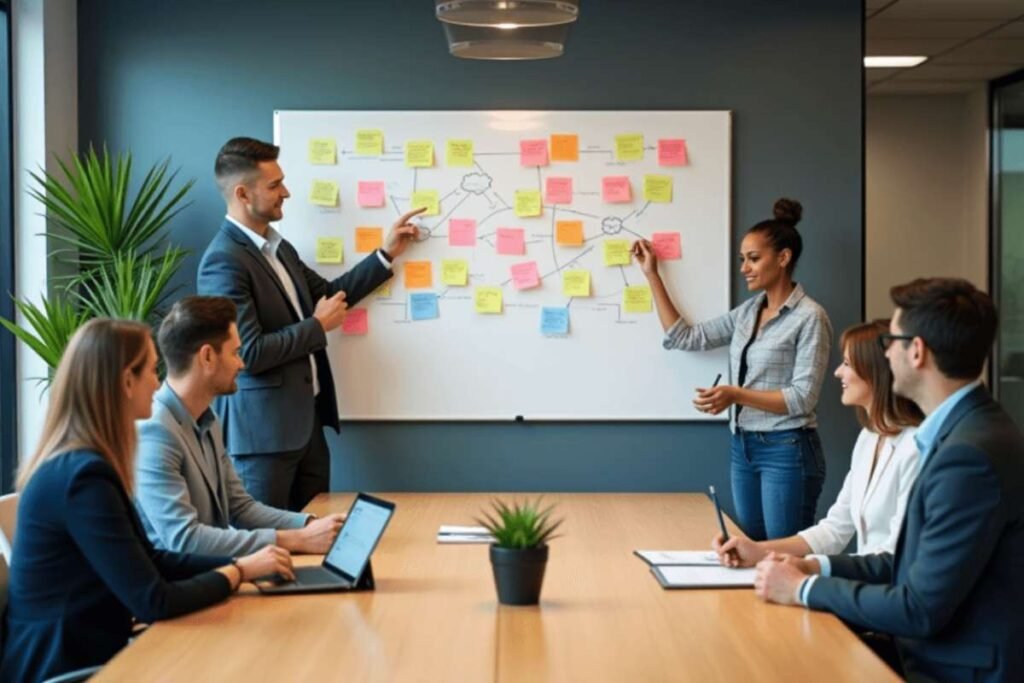Addiction is a complex disease that can trap individuals and families in a cycle of despair. But there is hope. With the right support and treatment, lasting recovery is possible. Navigating the landscape of treatment facilities for addiction, however, can feel overwhelming. This comprehensive guide aims to empower you with the knowledge and resources needed to find the ideal facility for your unique needs.
Understanding the Spectrum of Care:
Treatment Facilities for Addiction come in diverse forms, each catering to varying levels of addiction severity and individual preferences. Here’s a breakdown of the main types:
- Inpatient Rehab: Offering 24/7 medical supervision and structured therapy in a residential setting, inpatient rehab is ideal for those with severe addictions, co-occurring mental health conditions, or a high risk of relapse.
- Outpatient Rehab: Providing intensive therapy and support on a part-time basis, outpatient rehab allows individuals to maintain some daily routines while receiving essential treatment.
- Detoxification: This medically managed process safely removes addictive substances from the body, often serving as the initial step in the recovery journey.
- Medication-Assisted Treatment (MAT): Combining medications with therapy, MAT effectively manages withdrawal symptoms and cravings, particularly for opioid and alcohol dependence.
Exploring Levels of Care:
Each facility tailors its programs to specific levels of care, ensuring patients receive the appropriate intensity of support:

- Medical Detox: The most intensive level, focusing on managing acute withdrawal symptoms through medical intervention and close monitoring.
- Residential Treatment: Providing 24/7 care in a structured environment with individual and group therapy, medication management, and relapse prevention education.
- Partial Hospitalization Program (PHP): Offering intensive daytime therapy and support groups while allowing patients to return home at night.
- Intensive Outpatient Program (IOP): Delivering less intensive therapy than PHP but more than traditional outpatient sessions, IOPs are suitable for individuals progressing in recovery.
- Outpatient Therapy: Providing individual or group therapy sessions once or twice a week, outpatient therapy serves as ongoing support for those maintaining sobriety.
Unveiling Treatment Approaches:
A multitude of evidence-based approaches equip individuals with the tools and skills needed to combat addiction:
- Cognitive-Behavioral Therapy (CBT): Identifying and reframing negative thought patterns that contribute to addictive behaviors.
- Dialectical Behavior Therapy (DBT): Developing healthy coping mechanisms to manage emotional distress and improve interpersonal relationships.
- Motivational Interviewing: Encouraging self-exploration and intrinsic motivation for change, paving the way for sustained recovery.
- 12-Step Programs: Offering peer support and fellowship through established programs like Alcoholics Anonymous and Narcotics Anonymous.
Choosing the Perfect Fit:
Finding the right treatment facility is a crucial step in the recovery journey. Here are some key aspects to consider:

- Individual Needs: Assess the severity of addiction, co-occurring conditions, and personal preferences to identify the appropriate level of care and treatment approach.
- Insurance Coverage: Confirm your insurance plan’s coverage for different treatment options and facilities to avoid unexpected financial burdens.
- Facility Accreditation: Seek facilities accredited by recognized organizations like the Joint Commission or CARF, ensuring quality standards and ethical practices.
- Staff Qualifications: Verify the credentials and experience of therapists, counselors, and medical professionals to guarantee competent and tailored care.
- Facility Environment: Explore the facility’s ambiance, amenities, and support groups to ensure a comfortable and therapeutic atmosphere conducive to healing.
Additional Considerations for Choosing Treatment Facilities for Addiction
Beyond the essential points covered, here are some additional factors to consider as you navigate the landscape of treatment facilities for addiction:
1. Specialization and Focus
Certain facilities specialize in treating specific types of addiction (e.g., drug, alcohol, gambling) or cater to unique populations (e.g., adolescents, veterans, LGBTQ+ individuals). Choose a facility aligned with your specific needs and sensitivities.
2. Treatment Philosophies
Explore the facility’s underlying philosophy on addiction recovery. Do they emphasize abstinence-based models, harm reduction approaches, or holistic, integrated care? Select a facility aligned with your values and desired recovery goals.
3. Holistic and Complementary Therapies
Alongside traditional therapy, some facilities offer complementary therapies like yoga, meditation, acupuncture, or art therapy. Choose a program that incorporates holistic practices you find beneficial for your overall well-being.
4. Alumni Support and Aftercare
Transitioning back to daily life after treatment can be challenging. Look for treatment facilities for addiction that offer robust alumni support groups, relapse prevention workshops, and ongoing case management to ensure sustained recovery.
5. Location and Cost
Consider the facility’s location and the associated travel costs. While proximity can be advantageous, distance can sometimes offer a fresh environment and reduce triggers. Evaluate the program’s financial aspects, insurance coverage, and available payment options.
6. Technology Integration
Some treatment facilities for addiction utilize telehealth platforms and online resources to enhance accessibility and provide additional support. If virtual interactions or digital tools resonate with you, seek facilities incorporating technology into their programs.
7. Cultural Competence and Inclusivity
Ensure the facility fosters a welcoming and inclusive environment that respects cultural diversity and individual differences. Choose a program that recognizes and addresses potential cultural barriers to effective treatment.
8. Patient Reviews and Testimonials

Read online reviews, contact alumni, and seek testimonials from former patients to gain firsthand insights into the facility’s experiences and effectiveness.
9. Data and Success Rates
While individual outcomes vary, inquire about the facility’s success rates and treatment program effectiveness. Request data on program completion rates, relapse prevention outcomes, and patient satisfaction metrics.
10. Intuition and Comfort
Ultimately, your gut feeling can play a significant role in choosing the right facility. Trust your intuition and prioritize a program where you feel safe, understood, and empowered to navigate your recovery journey.
Summing Up
Remember, finding the perfect treatment facility is a personalized process. Take your time, ask questions, and trust your instincts. By carefully considering your needs and the available options, you can pave the way for a successful and fulfilling recovery by choosing the right treatment facilities for addiction.










